Tevva and Vattenfall collaborate to develop zero-emission transport solution; electric with hydrogen range extender
Green Car Congress
APRIL 26, 2021
While the main energy source to Tevva’s electric trucks is grid electricity, the company optimizes hydrogen and fuel cell (H 2 FC) range extension to support the unique full-day, long-distance duty cycles of freight trucks.

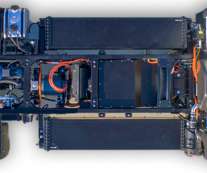



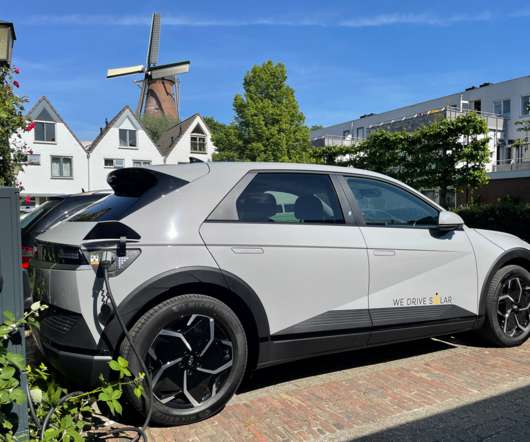











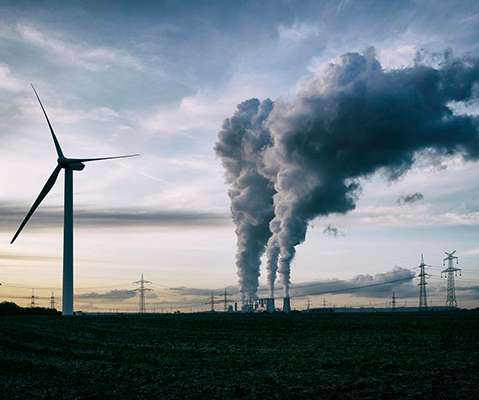
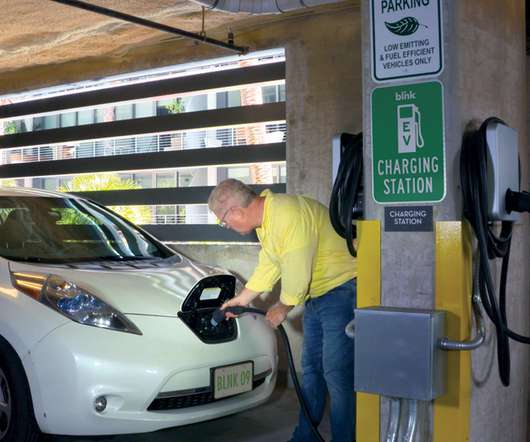








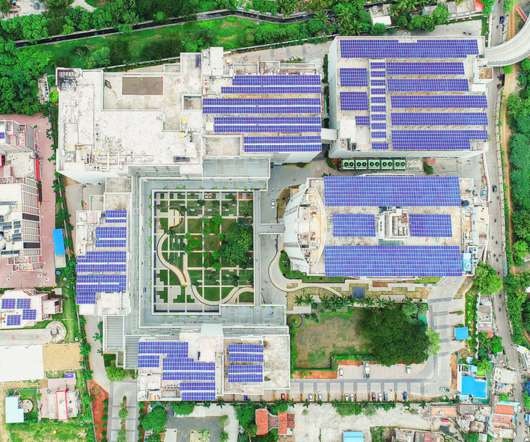



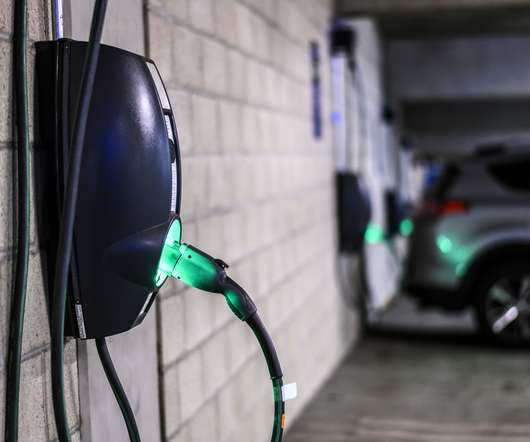






Let's personalize your content